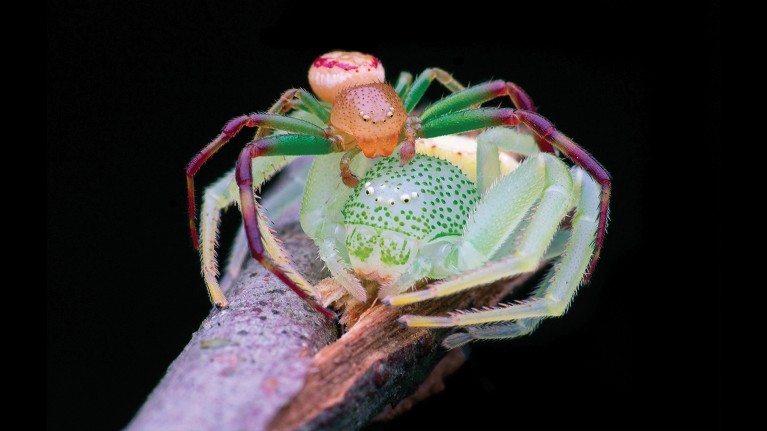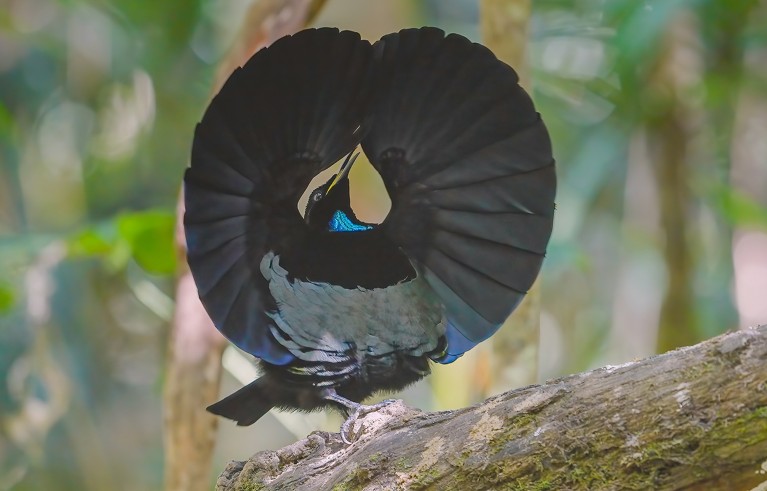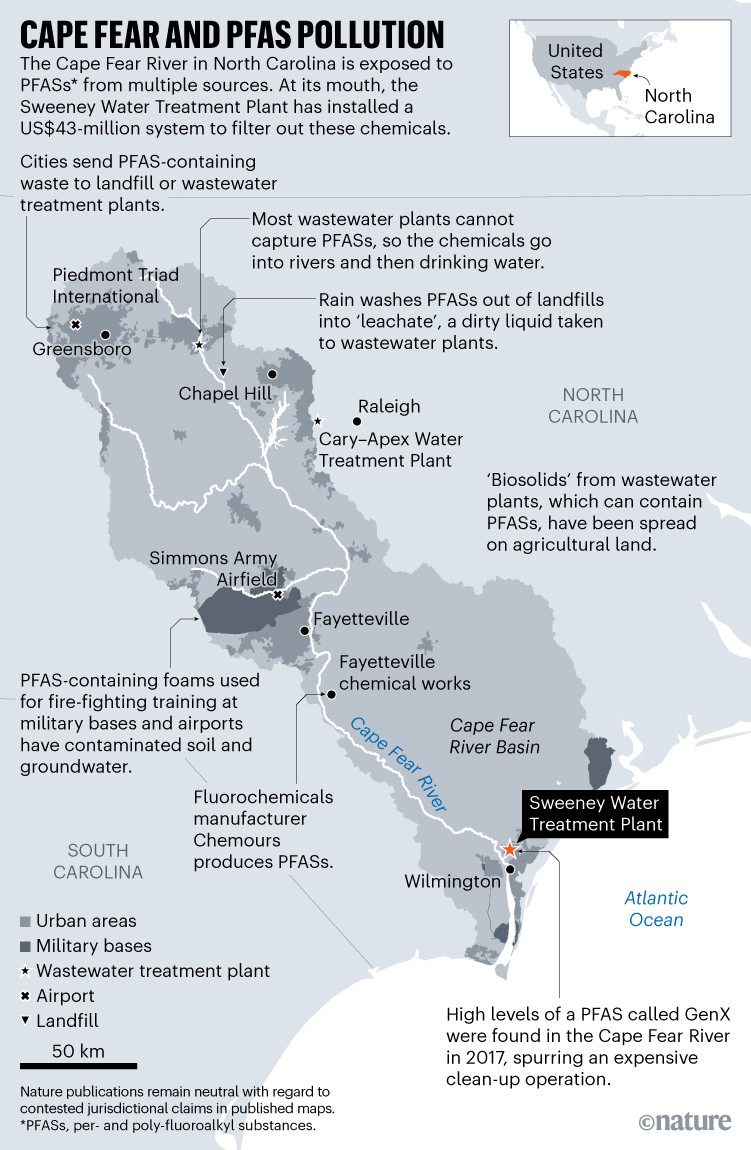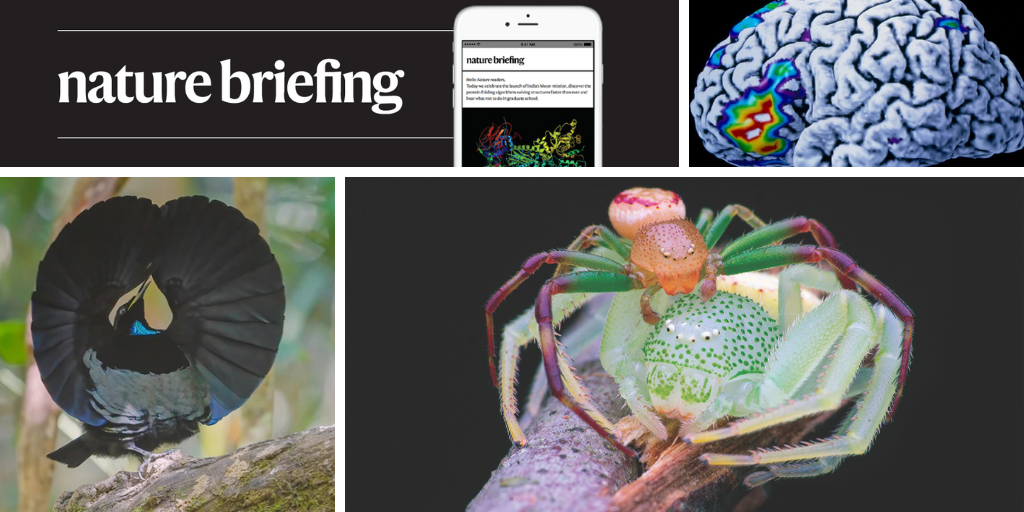You have full access to this article via your institution.
Hello Nature readers, would you like to get this Briefing in your inbox free every day? Sign up here.

Credit: Sandip Guha
This shot of a pair of courting crab spiders, taken by nature photographer Sandip Guha in Shiliguri, India, highlights the difference in size between the male and his much larger mate (in some crab-spider species, the female is more than 60 times as big). The photo was a winner at this year’s London Camera Exchange Photographer of the Year competition.
See more of the month’s sharpest science shots, selected by Nature’s photo team.
Thousands of people are losing their jobs at agencies across the US Department of Health and Human Services, including at the Food and Drug Administration, the Centers for Disease Control and Prevention, and the National Institutes of Health. Among the leaders who were offered the choice between administrative leave or reassignment to remote locations is infectious-disease physician Jeanne Marrazzo, who succeeded Anthony Fauci as the director of the National Institute of Allergy and Infectious Diseases. “This will go down as one of the darkest days in modern scientific history,” says infectious-diseases epidemiologist Michael Osterholm.
A brain-reading implant has allowed a woman with paralysis to hear what she intends to say nearly instantly. Enhanced with AI algorithms, her brain–computer interface (BCI) can simultaneously decode words from neural signals and turn them into speech within 3 seconds. But there’s still room for improvement. Although the BCI works for short sentences, it still operates with “quite a big delay” compared with a natural conversation, says computational neuroscientist Christian Herff.
Nature | 4 min read including video of the implant in action
If defunct consumer-genomics company 23andMe is allowed to auction off its database, it could be the biggest genetic data set to ever change hands: it contains DNA information from around 15 million people. What that means for users is unclear: 23andMe says that a new owner must abide by the current privacy policy, but the policy also says that the terms could be altered. Insurance companies or law-enforcement agencies might gain access to the database, and researchers worry that scientific access might be curtailed (the data have previously powered more than 250 scientific studies).
Features & opinion

Many male birds, such as the Victoria’s riflebird (Ptiloris victoriae), ‘dance’ to woo females.Credit: Getty
In Birds, Sex & Beauty, science writer Matt Ridley interweaves his love of natural history with a mash-up of popular science and travel writing to explore sexual selection in birds. Do females prefer showy tails or seductive dances to increase the chance that their own sons inherit these ‘sexy’ traits, and so pass on their genes? Or perhaps it’s the ‘handicap principle’ — a male who can survive despite such burdens must be a fine specimen in other ways. The real story might be a more nuanced mix of drivers, alongside natural selection, writes zoologist Tim Coulson in his review.
In April 2024, the US Environmental Protection Agency put strict nationwide limits on the concentrations of certain ‘forever chemicals’ in drinking water, kicking off a challenging multibillion-dollar clean-up effort. Researchers are developing a myriad of ways to capture per- and poly-fluoroalkyl substances (PFASs), but they all have pros and cons. And once the chemicals are mopped up, there’s also the question of how best to destroy them.

Source: RTI International (Adapted from https://go.nature.com/429E3DL)


